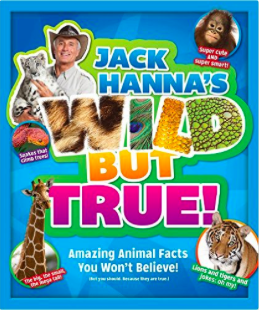(Today's post is a guest post by 3rd graders Elizabeth and Emma. They wanted to share their idea of the #stickynotechallenge and to invite you to participate with the hashtag and Padlet.)
Elizabeth and Emma started the #stickynotechallenge. Emma and Elizabeth are both nine years old in third grade. First at writing workshop Elizabeth just finished a story and wanted to make a challenge. So she came up with the #stickynotechallenge and next she showed Emma. Emma liked the idea. They told Mrs. Sibberson. She liked it too. The #stickynotechallenge board was a tiny wall nobody ever did it so it really was just for Elizabeth and Emma at the time. One day the question of the day was How do we spread awareness about the #stickynotechallenge? because only kids and few teachers see our board. A few days later Elizabeth and Emma walked into the room and Mrs.Sibberson had a surprise for everyone. Mrs.Sibberson bought us some BIG blue sticky notes and some medium pink,orange,yellow and green sticky notes. Mrs. Sibberson told us we could use the wall outside of the room if we wanted to.
The #stickynotechallenge is how we keep trying to ask questions. Outside of our classroom we have a big board. We write down our questions on a sticky note and we stick them on the board. On our board we have the rules of the #stickynotechallenge. Our board also has two signs. One says “Little Questions” and the other one says “Big Questions”. We also have “Question of the Month”. The Question of the Month is an opinion so there can be more than one answer. Our first question of the month is What is your favorite color? Our question of the month got a lot of answers.
| The #stickynotechallenge started one day on a wall by a table in our classroom. |
| The #stickynotechallenge grew when Emma and Elizabeth wanted "to get the word out". This is a photo of the first day, before kids and teachers added to it. |
Next we are going to try to study some of the big questions. Big questions are questions that have more than one answer. Some of our big questions right now are : What are civil right?, How can you learn Japaneese? Some ways we can study them are by using the internet and in books. We also found out that we can get other people’s ideas from the #stickynotechallenge. Just in case you are wondering why do we need to keep track of our thinking? We keep track of our thinking so our brains can get bigger and we get smarter. By asking questions we can get smarter and if someone answers our questions we would learn something. The #stickynotechallenge helps us know more. We created this so people learn more and they would become smarter. The #stickynotechallenge can help everyone become smarter. Kids and adults can do it. That’s what makes it fun! Why we say don’t write your name is so that people can be respectful. If we told people to write their names we’re afraid that people might write great questions and then someone might not like the person and write a mean question. That’s why we say don’t write your name.
One day Mrs. Sibberson said “Do you want to do a guest blog post on my blog?” Emma and Elizabeth said “sure”. We also made a Padlet that people from all over the world can write questions but our Padlet you cannot answer. That is the only negative. During writing workshop Mrs.Sibberson asked Elizabeth and Emma to go over to her table. Mrs.Sibberson asked us if we wanted to make a padlet about the #stickynotechallenge. First we had to decide what we wanted our background to be. We couldn’t decide--there wasn’t really a back round that matched. Luckily Bridget was sitting at that table and she said we also could upload pictures for our background. Mrs.Sibberson had a picture of our #stickynotechallenge board so we made that our background. Visit our Padlet and ask a question!!
RULES
1.)Get a sticky note
2.) Write a question or wonder
3.) Don’t write your name
4.) Stick it anywhere
5.) Wait for someone to answer
6.) HAVE FUN!!!!!
WRITE IT READ IT SHARE IT
-#stickynotechallenge

























